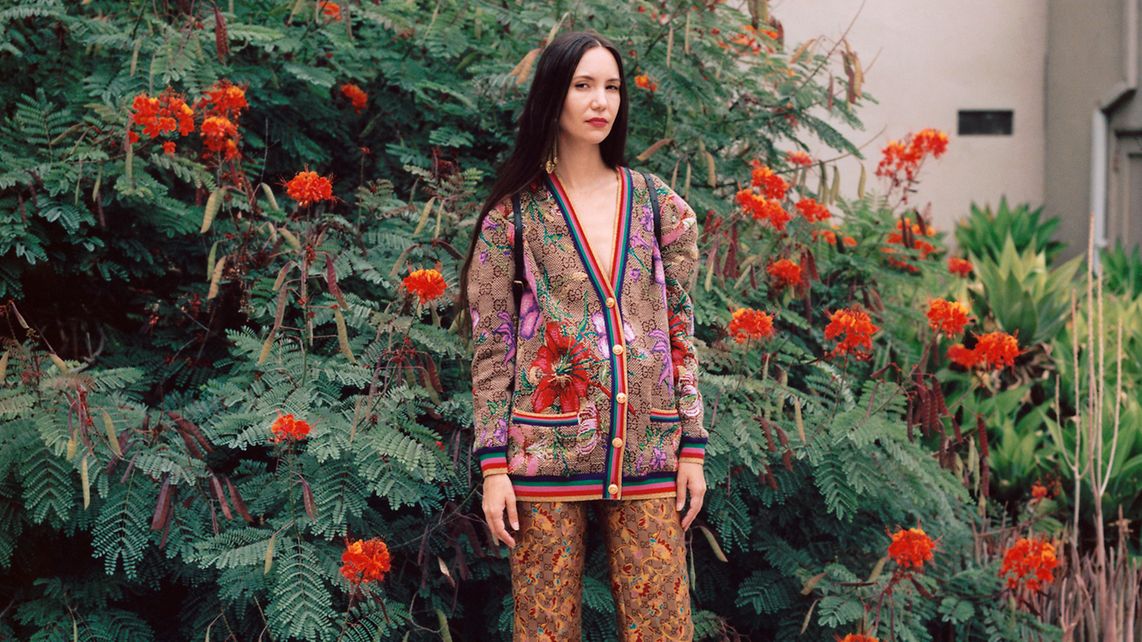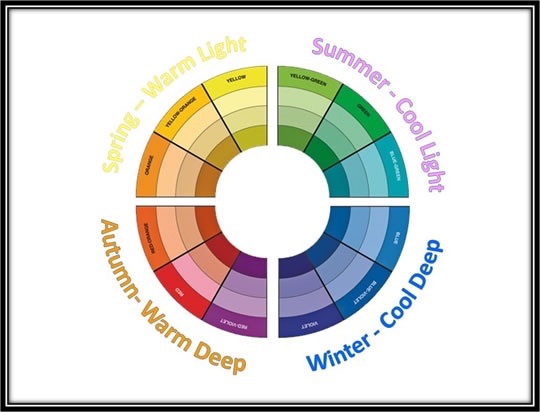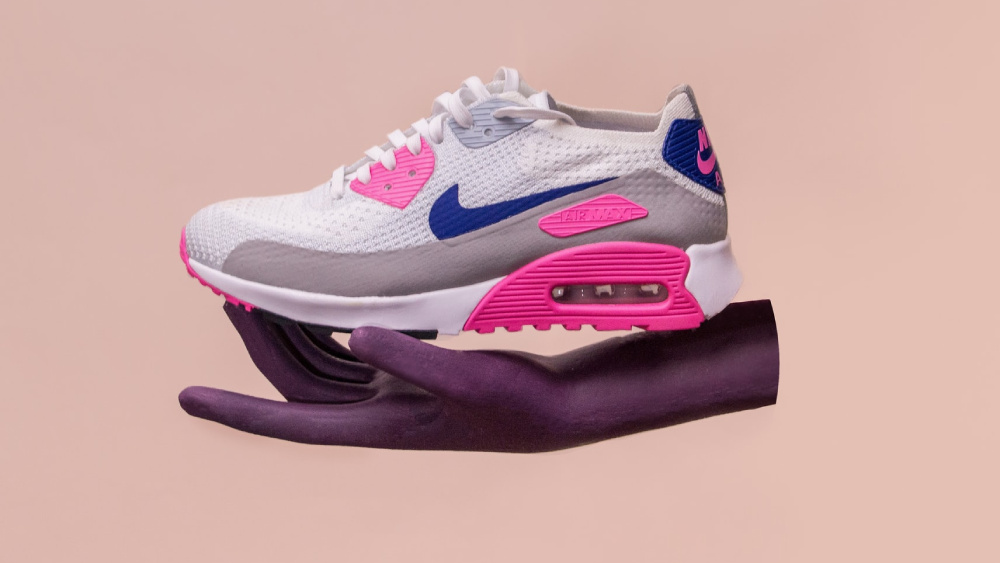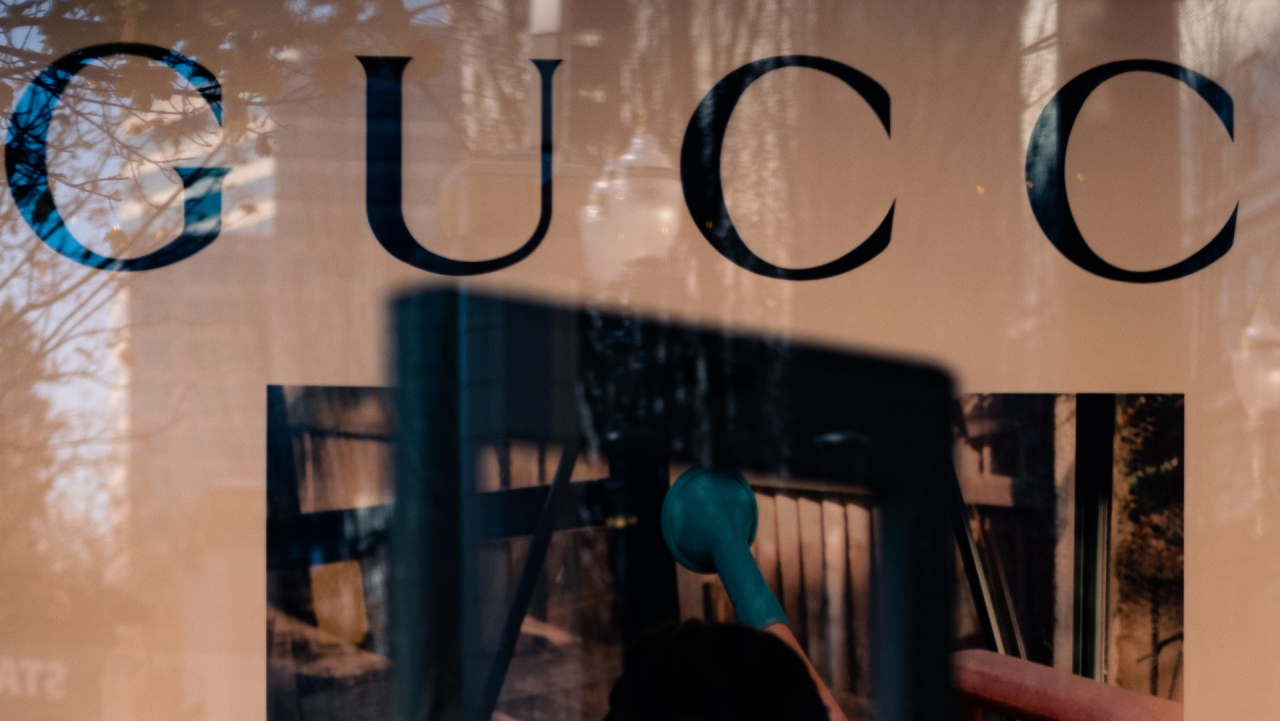Farfetch's digital strategy: digital luxury, virtual try on, influencer marketing, UGC, Generation Z...
By Yahong Zhang |Table of contents
Multibrand luxury stores have been focused on marketing innovation and creating new digital shopping experiences. One of the names that has made an impact on the landscape has been Farfetch, the British-Portuguese fashion retailer founded in 2007 by José Neves, an entrepreneur known for his activity with fashion start-ups.
The concept behind Farfetch is to create a structure that would bridge the gap between physical and digital retail by supporting luxury brands worldwide. From today’s perspective, we may say that the multibrand e-commerce platform has been one of the first to set the basis of phygital marketing.
Since its early days, Farfetch has managed to reach great figures. The marketplace currently has over 1,300 of the world’s most reputable luxury brands, boutiques and department stores, over 1.2 million active users, according to Air Now Data and connects customers from over 190 countries.
On the Farfetch platform, consumers may find products from heritage brands like Chanel and Saint Laurent, new players like Off-White, which have disrupted the luxury landscape, as well as some of the world’s most prestigious boutiques, like Harrods and Harvey Nichols.
In its 2020 financial report, the company reported a gross merchandise value of over $3 billion, and closing last year with a revenue of $1.7 billion. Farfetch now operates in 14 countries and has almost 5,000 employees.
Farfetch’s bet on digital luxury and emerging technologies

As McKinsey pointed out, digital sales accounted for only 8% of the market in 2016 and that the figure was expected to grow to 19% in 2025, meaning that almost 1 in 5 purchases will be made online.
Forbes shows, too, that the digital luxury sector was expected to grow from 12% of market share to 25% by 2025. Still, given the COVID-19 and the fact that most businesses were moved online, consumers were forced to digitize earlier and to get used to shopping for high-end items on e-commerce platforms. This is why Bain now assesses that 30% of luxury sales will be made online, in 2025.
What Farfetch did was place a bet on online sales, considering the industry a blue ocean, contributing to the overall digitization of the industry, and growing alongside it.
The strategy has been successful, taking into account that the company reached the $1 billion valuation and became one of the rare fashion unicorns.
Continuing its digital journey, the business announced partnerships with Alibaba and Richemont. In November 2020, the 3 giants launched a global partnership meant to support Farfetch’s expansion in China, as well as to contribute to the overall digitization of the luxury industry.
The objective of this project is to create a mixture of capabilities and expertise so as to develop shopping channels on the Tmall Luxury Pavilion and Luxury Soho. Alibaba and Richemont have both invested in the Farfetch China Joint Venture and in Farfetch Limited.
Moreover, the association will enable Farfetch to fully benefit from emerging technologies like augmented reality and to create the Steering Group, which include luxury leaders Johann Rupert and François-Henri Pinault.
This new partnership reinforces the commitment that Farfetch has made towards digitizing the luxury shopping experience.
What luxury marketers can learn from Farfetch’s digital strategy?
1. Omnichannel marketing
Farfetch connects physical stores to worldwide consumers via its digital platform, thus enabling luxury brands to offer a seamless experience across different channels.
Still, the company does not stop there, as it also powers e-commerce websites for other brands, acting like a “fully-fledged agency and white-label solution for brands, where we can make use of our platform to build another website and then deploy in a modular way whatever services or infrastructure they want to use,” as José Neves explained, according to Business of Fashion.
In 2019, dedicated to its objective of expanding online presence, Mulberry started collaborating with Farfetch, posting online its iconic leather bags, small leather goods, shoes and sunglasses. The partnership enabled the luxury brand to enhance its direct-to-consumer model and open it up to a worldwide audience, thus strengthening its omnichannel strategy.
Names like Gucci, Fendi and Stella McCartney also use the platform to complement their existing brand channels.
2. Influencer marketing
Through its campaign Farfetch Communities, the multibrand luxury e-commerce platform recruited online influencers Chloë Sevigny, Riz Ahmed, Adwoa Aboah and Blondey McCoy to post inspiration looks and curate shopping recommendations.
Engaging influencers in its marketing strategies enabled the brand to reach different pools of audiences, to build reputation and trust, and to position itself as the go-to source for inspiring content.
3. Content marketing

In 2019, Farfetch and Gucci launched another successful collaboration, a content marketing project called “Farfetch and Gucci Open House”, an eight-month series of articles that present to readers the homes of Gucci fans. Each home has a different influence, which remind viewers of Paris, Monaco, Chicago, Toronto, Los Angeles, Rio de Janeiro and London.
The editorial project is meant to offer inspiration, as well as to place Gucci products in the context of different lifestyles and cultural environments, enabling Farfetch users to discover new collections in an innovative, entertaining way.
This form of original content proves that Farfetch understands its role as a content creator and as an entertainer that is meant not only to sell products, but offer information, insight and inspiration to its audience.
4. User-generated content
Farfetch understands that luxury consumers want to be more than just shoppers. They want a close, bidirectional connection with the brand. They also want to create content and be part of the brand narrative.
According to a 2017 Kantar Media report, Chinese consumers have been for years open to taking a more prominent role in delivering content for the brands they appreciate.
In 2017, the brand explored its consumers’ creativity by launching a WeChat HTML5 campaign that enabled users to create looks, using products from the platform.
This project has registered over 8,000 clicks in the first week after being launched. Since all the pieces from the user-generated content were available for sale, the campaign drove good financial results.
5. Generation Z
Gucci has proven that engaging Generation Z is a tactic that pays results. Farfetch seems to be on the same page, as the platform’s marketing strategy for China targets Generation Z members.
In April 2021, the brand launched its first crossover marketing campaign. “Trendy Season”, a collaboration with Alibaba Tmall Soho Live channel and the Tmall Luxury Pavilion, enabled the brand to launch over 50,000 new products by some of Generation Z’s preferred designers, like AMBUSH, Marine Serre, and Y/Project. The initiative was developed with the help of influencers who are popular with young demographics.
This tactic had an insight behind it: young, digitally native shoppers are interested in carefully curated items from niche designers that respect their aesthetic values. Reaching out particularly to Generation Z, the campaign has been so successful that it created word-of-mouth and positive reactions.
6. Virtual try-on
A digitally native brand, Farfetch has positioned itself as an innovator that invests heavily in new technologis like virtual try on.
In 2020, in the first COVID-19 summer, when consumers were using online shopping to cope with the anxiety caused by the pandemic, Farfetch was the first e-commerce luxury platform to launch a Virtual Try-On feature, which was available on the brand’s iOS app.
This enabled consumers to enjoy a new shopping experience, where they could actually see how different Off-White sneakers looked on them. It increased conversions and reduced returns.
Shopping, thus, becomes more fun and engaging, as it enables app users to discover and play with products, as well as to generate content for their social media.
The launch was such a success that worldwide media channels mentioned the premiere, praising Farfetch for its innovative spirit.
Farfetch’s digital strategy: Results delivered
The platform’s successful digital strategy is reflected in its financial results. In 2020, revenue increased by 64%.
By understanding its audience, taking on its role as an innovator and appealing to high-end consumers through technologies like virtual try-on and augmented reality, the company managed to drive loyalty, word-of-mouth and revenue.
Contact us: augmented reality, virtual try on, customization
Hapticmedia has over 15 years of expertise in immersive technologies including 3D visualization, customization and configuration, engraving, Augmented Reality, Virtual Try On, and is supported and covered by LVMH, Forbes, Les Echos, Le Point, BFMTV. Check here to see our client projects with Gerlain, Kenzo, Baume & Mercier, Baccarat, Edenly or contact us now to see the visible improvement we will bring to you.
Resources
The age of digital Darwinism by Mckinsey
https://www.retailgazette.co.uk/blog/2019/04/mulberry-teams-farfetch-bolster-global-omnichannel/
https://www.businessoffashion.com/articles/technology/farfetch-e-commerce-fashion-brands-omnichannel
Contact Hapticmedia now to see our successful user cases and the visible improvement we have brought to our clients. You will be amazed.


